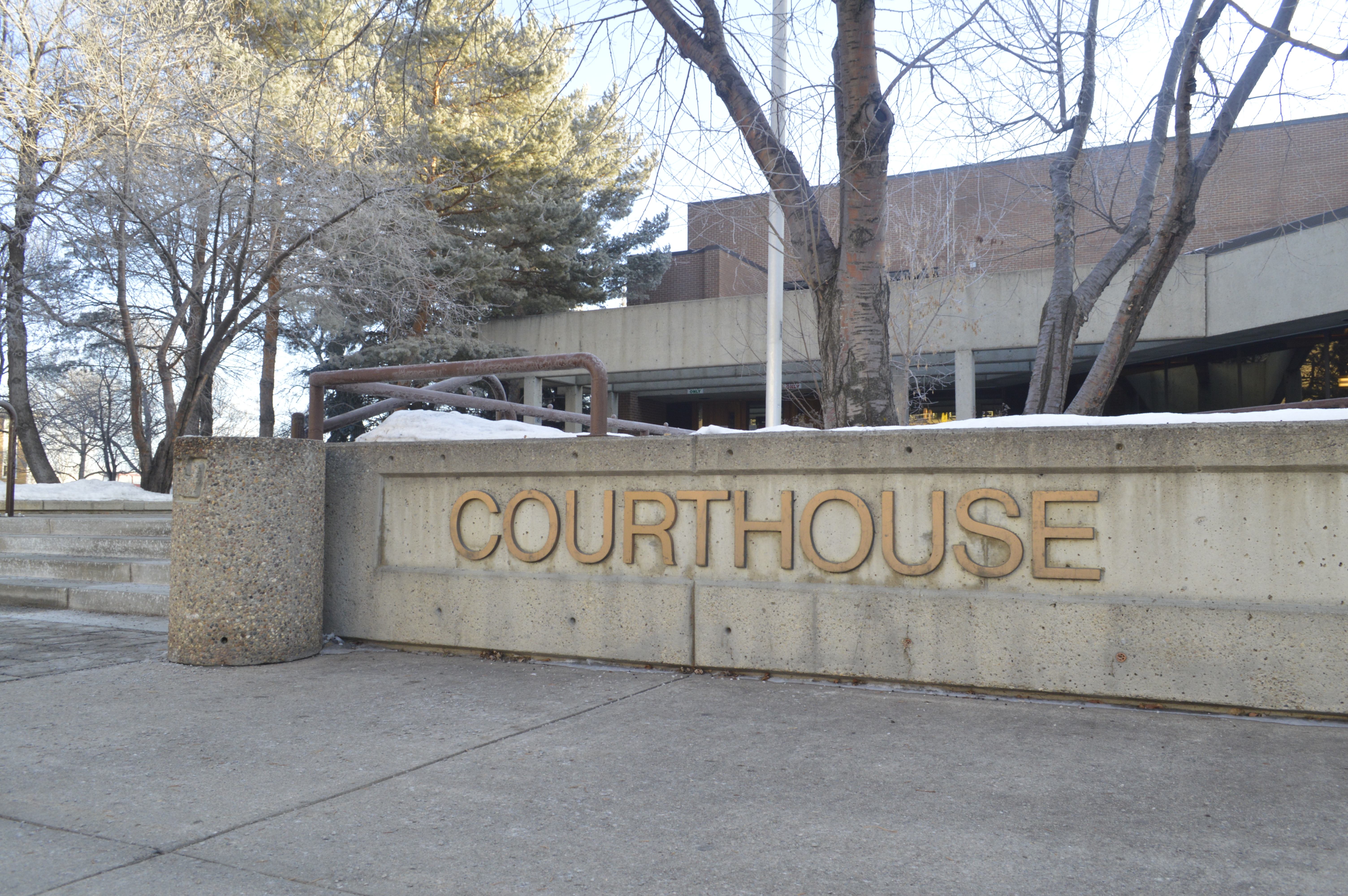Court continued with a voir dire on Friday during the murder trial of Nathan Desharnais.
Desharnais is charged with second degree murder and offering indignity to human remains after the body of Talia Nellie Meguinis, 27, was found at a recycling facility in the Riverside Industrial area on Feb. 22nd, 2012.
Two days of the trial took place last October in which a voir dire was held. A voir dire is a hearing within a trial to determine the admissibility of evidence. Today’s voir dire was in regards to the admissibility of evidence of a cell phone.
Defense lawyer Patty MacNaughton has argued the evidence from the cell phone is not admissible to the trial as it was obtained through an unlawful search and seizure.
Don Lee, a civilian member of the RCMP and tech crimes analyst, testified he received the cell phone in questions from the RCMP in June 2012 and was instructed to analyze it.
“I did not see a search warrant for this phone. The search was incidental to an arrest,” said Lee, adding he did not access it right away because it was password protected so it was placed into an exhibit locker.
Lee said in June 2013 he took the phone from the locker and was able to bypass the password and extract information. He said a report was completed regarding the analysis on July 2nd, 2013.
MacNaughton questioned Lee about whether or not a search warrant needed to be obtained prior to accessing the phone.
“There was a change in law later on that says a search warrant is needed. We received an email from the sergeant (about this),” said Lee, adding this was not in place during the time that he searched the cell phone in June 2013.
Michael Plaxton, an expert digital image analyst who works for the Hamilton RCMP also testified on Friday.
He said that he was asked by the RCMP to examine images off of two CDs. One CD had images of the autopsy and the second CD had images from two different cell phones. He said he was also asked to compare blankets in which seven images of a blanket with a dragon were provided to him.
“The four images from a cellphone were of a young woman, unclothed, lying on her back with a man’s penis positioned over her vagina,” said Plaxton, adding the photos were taken between 1:50 a.m. and 1:52 a.m. on Feb. 20th, 2012.
As of press time, the justice had not made a decision regarding the admissibility of the cell phone evidence.
The trial is expected to run through to mid-February.
efawcett@reddeerexpress.com



